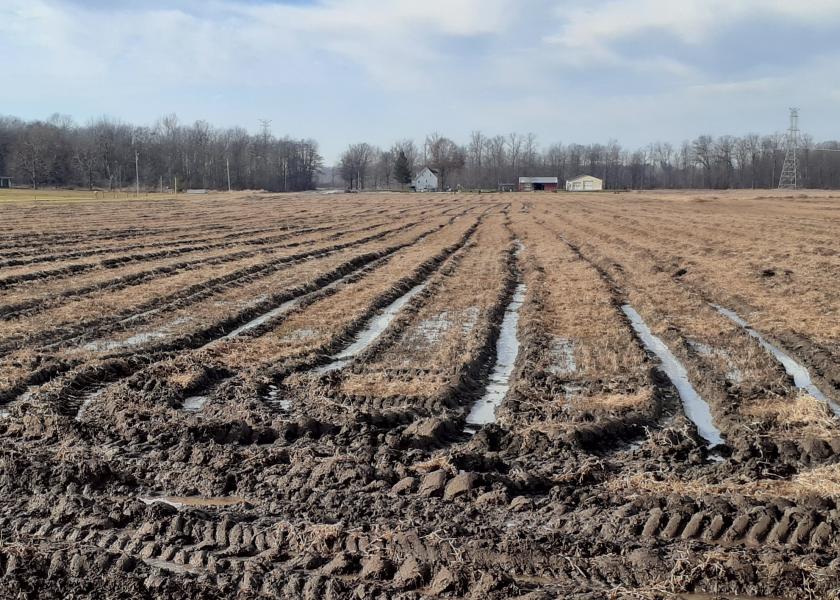Get a Head Start on the Long Road to Repairing Ruts, Gullies

This past year, prevent plant acres soared to a new record of 20 million, according to data from the American Farm Bureau Federation. What that number fails to account for are the acres that did get planted but maybe shouldn’t have, and what field conditions mean for 2020.
“In 2019, we tilled, planted and harvested in wet conditions so soil quality and soil compaction will be challenges going into 2020,” says Michael Staton, Michigan State University Extension soybean educator.
For some, the adverse weather started in fall 2018, making the ruts, gullies, compaction and overall soil conditions that much more of an issue when 2019 brought more of the same.
“Analyze what you did last year—did tillage help or hurt your soil in wet conditions?” Staton asks. “I’m hearing mixed feedback—let’s get to an answer and start working on repairing soils.”
The first step to repairing soil conditions is getting a pulse on what’s really going on in fields. Review your notes from the past 18 months. Did you run a tillage tool? If so, what type of tillage and under what conditions? How were conditions at harvest? Should you expect compaction? Prioritize fields, starting first with those that need the most time and attention.
“Anything deeper than 3” is a rut,” says Farm Journal Field Agronomist Ken Ferrie. In an average year, farmers can plant through wheel tracks but because of recent wet conditions, farmers aren’t dealing with “average” wheel tracks, he continues.
It might still be too wet in many areas to do any major corrections, Staton says. Instead, your best bet might be to get the ground in OK shape for planting and hold off on the real fixes until this fall when fields are hopefully drier.
“With ruts, the bottom line is to try to level them off as soon as soil conditions permit so they don’t fill with water, avoid trying to loosen the bottom of the ruts as the soil will probably be too wet, and use the lightest equipment you can,” Staton adds.
Here are a few more tips to consider before you start on spring fieldwork, according to Ferrie:
-
Map the ruts—it might take up to four years to repair the compaction, so you need to know where the ruts are located.
-
Avoid deep tillage—anything 14” to 15” deep can dry out the soil too much or turn it into a sponge in the case of excessive rain.
-
Run the chisel early—do this as far ahead of planting as possible in dry conditions.
-
Level behind the chisel—level within three or four hours to prevent clods.
-
Consider different tillage—conventional farmers who didn’t get fall tillage done should look at no-till or strip-till because there’s less risk than spring tillage.







